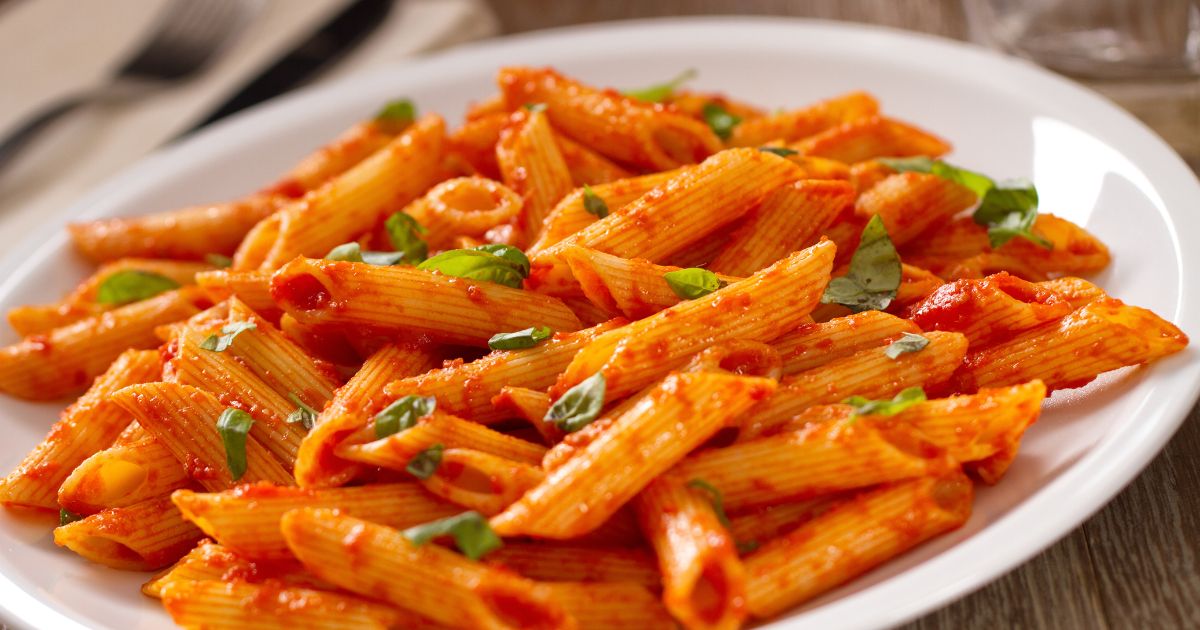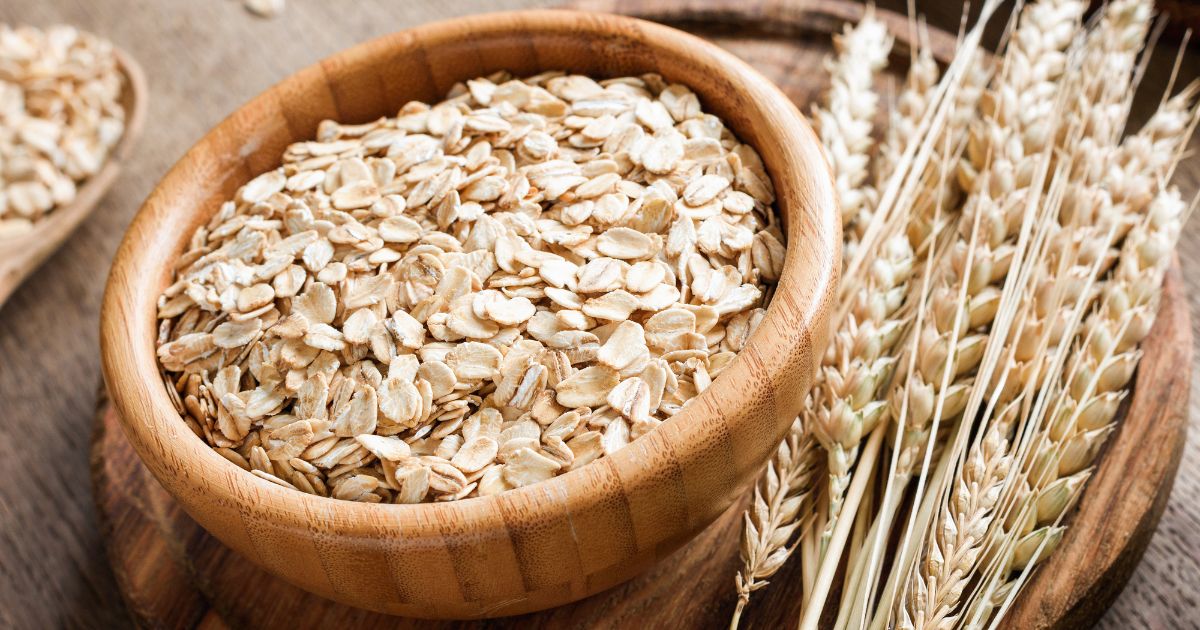The pasta market in Spain is a vibrant and varied sector that mirrors the nation’s culinary heritage, evolving dietary choices, and the impact of globalized food trends. Once considered exotic, pasta has now become a staple of Spanish cuisine, boasting a plethora of options to satisfy diverse tastes.
Historical Background
Pasta’s introduction to Spain can be attributed to the influence of Italian and Mediterranean culinary traditions. Initially perceived as foreign, pasta gradually assimilated into Spanish cooking, adapting to regional flavors and creating a harmonious blend of local ingredients and pasta styles.
Market Overview
The Spain Pasta Market has witnessed substantial growth in recent years, driven by shifting lifestyles, rising disposable incomes, and an increased interest in global cuisines. Both dried and fresh pasta varieties are readily accessible across supermarkets, specialty shops, and local markets, catering to the diverse preferences of consumers.
Key Players and Brand
Leading both domestic and international brands dominate the Spain Pasta Market. Renowned Italian names like Barilla and De Cecco stand alongside local Spanish favorites such as Gallo and Pastas Romero. These brands cater to diverse regional tastes, enriching the market’s offerings.
Culinary Adaptations
Spanish chefs and home cooks ingeniously integrate pasta into traditional recipes, yielding delightful fusions. Dishes like fideuà, akin to paella but with noodles, exemplify this blend. Such culinary innovations bolster pasta’s widespread acceptance across Spain.tallyman login
Health and Nutrition Trends
In response to growing health consciousness, alternative pasta varieties like whole wheat and legume-based options gain traction. Manufacturers innovate to meet dietary demands without sacrificing flavor or texture.
Market Challenges and Opportunities
Despite its resilience, the Spain Pasta Market confronts evolving consumer preferences and competition from convenience foods. To address this, industry players are innovating products, emphasizing nutrition, and enhancing marketing efforts. Additionally, the emergence of online retail offers new avenues for market expansion.
Sustainability and Ethical Practices
Growing consumer awareness prompts a focus on sustainability and ethics. Manufacturers respond with sustainable sourcing, reduced packaging, and CSR initiatives to meet these demands.
Regional Varieties
The Spain Pasta Market features diverse regional varieties like “fideos” in Catalonia and “farfalle” in Andalusia, showcasing the country’s culinary richness. These variations underscore local gastronomic influences and enhance the market’s diversity.
Culinary Tourism
Spain’s culinary tourism scene now heavily features pasta, especially in regions like Catalonia and Valencia known for their pasta traditions. Tourists flock to experience unique pasta-based dishes through culinary tours, cooking classes, and pasta festivals, celebrating the fusion of Spanish and Italian influences.
The Impact of COVID-19
The COVID-19 pandemic significantly affected the Spain Pasta Market, echoing global trends in food consumption. Pasta sales surged during lockdowns, as consumers sought comfort and convenience in pantry staples. Its adaptability and long shelf life made pasta a go-to choice for home-cooked meals during uncertain times.
Culinary Innovation and Fusion
Spanish chefs and entrepreneurs continually push culinary boundaries, blending traditional recipes with modern techniques. Fusion restaurants and experimental dishes featuring pasta in tapas-style offerings add a contemporary flair to the classic pasta experience, ensuring the market remains dynamic and in tune with evolving food preferences.premium snapchat
Export and Global Impac
Spanish pasta manufacturers have expanded internationally, exporting diverse products worldwide. Spain’s pasta quality and variety earn global recognition, solidifying its position in the global market. Exporting traditional and innovative pasta items enhances Spain’s culinary reputation.
Future Trends in the Spain Pasta Market
Anticipated trends include
1. Sustainable Packaging:As environmental awareness rises, demand for eco-friendly packaging grows. Expect a shift to biodegradable or recyclable materials, reflecting the industry’s commitment to sustainability.
2. Health and Wellness Focus:Consumer preference for healthier options continues to influence pasta trends. Look for enriched variants with whole grains, plant-based proteins, and superfoods, catering to the demand for nutritious diets.
3. Online Retail and E-commerce:The rise of e-commerce is reshaping pasta distribution in Spain. Online shopping’s convenience attracts consumers, prompting a digitalization of supply chains and innovative marketing approaches to reach online shoppers effectively.
4. Customization and Personalization:As consumers seek unique culinary experiences, expect customizable pasta options to emerge, allowing individuals to tailor ingredients, shapes, and flavors to their preferences.
5. International Flavors and Fusion:Proceeded with trial and error with worldwide fixings will motivate combination pasta dishes, taking care of Spain’s multicultural sense of taste and reflecting developing preferences.
6. Enhanced Digital Marketing:To engage consumers effectively, pasta brands will focus on leveraging digital platforms, social media, and influencers to showcase recipes and communicate brand values.
7. Continued Emphasis on Quality:Quality confirmation stays vital, with an emphasis on utilizing premium fixings and customary strategies to keep up with realness and greatness in pasta items.
Conclusion
All in all, Spain’s pasta market mirrors a powerful development molded by culinary advancement and changing purchaser inclinations. As the market keeps on embracing maintainability, customization, and global impacts, it stays ready to please buyers with different contributions while keeping an enduring obligation to quality and genuineness.




